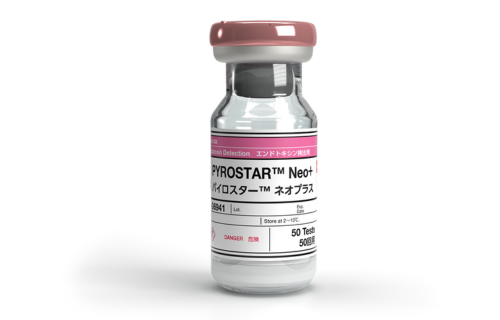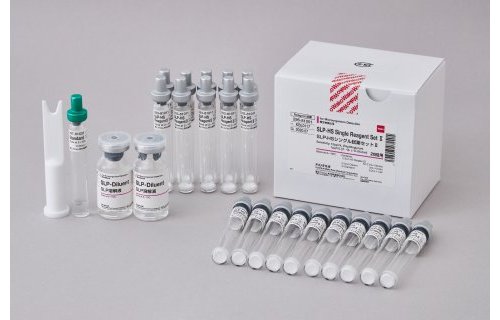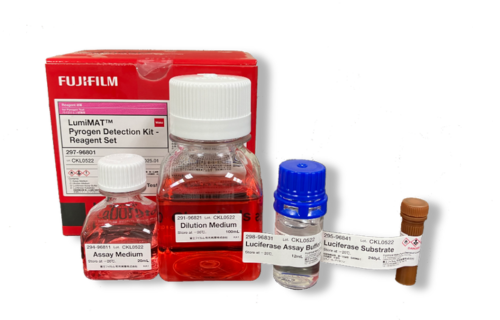Endotoxin Contaminations and its Consequences in New Treatments of CRISPR/Cas9
What is CRISPR/Cas9?
CRISPR/Cas9 genome editing technique, uses Clustered Regularly Interspaced Short Palindromic Repeats (CRISPR) and CRISPR associated protein 9 (CRISPR/Cas9).
This technology enables efficient and cost-effective editing of the genome, allowing for easy manipulation of genes in cells and organisms. Laboratories utilize it for a range of purposes, including the speedy generation of cellular and animal models, the execution of functional genomic screens, and the real-time imaging of the cellular genome.
It has been proven that this technique can successfully fix faulty DNA in mice, effectively treating their genetic disorders, and it can also manipulate human embryos. Current, clinical applications explore the development of treatment methods for HIV, cystic fibrosis, Haemophilia, and cancer.[1]
Endotoxin Contamination in CRISPR/Cas9
E. coli bacteria are commonly used to express therapeutic Cas9 proteins because of their cost-effectiveness and high production yield. Despite this, these gram-negative bacteria also generate lipopolysaccharides (LPS) which are considered undesirable endotoxin byproducts. These endotoxins can cause severe inflammation by inducing a human immune response.[2, 3]
Therefore, it is important to give special attention to the production of Cas9 protein. This allows us to develop potential uses of Cas9 as a therapeutic protein in clinical treatment.
Effects of Endotoxin Contamination
The safety and effectiveness of therapy can be impacted by immune responses to proteins used in medical treatments, which can also lead to severe adverse effects on patients, sometimes even life-threatening.
In immunogenicity risk assessments, proteins derived from microbes are classified as high-risk. Recombinant proteins produced by E. coli often contain endotoxins due to the high presence of lipopolysaccharides (LPS) in the bacterial cell wall. [3]
Concerns have arisen due to reports on the immune reactions to Cas9 proteins, suggesting that immunogenicity could pose obstacles to the clinical implementation of CRISPR genome editing.
Endotoxin Testing with LAL method
The LAL test, which utilizes the aqueous extract of Limulus polyphemus blood cells, is widely employed for the in vitro identification of bacterial endotoxins. It is widely regarded as the most dependable and sensitive method. Since its approval by the FDA in the 1970s, the gel-clot LAL test has gained widespread adoption as the official method for bacterial endotoxin detection.[4]
The LAL assay is highly sensitive and capable of detecting endotoxin levels between 0.01 and 10 EU/device in pharmaceuticals or medical devices, ensuring compliance with FDA guidelines. [5]
It is important to detect the endotoxin level in the Cas9 protein to ensure effective implementation of the CRISPR/Cas9 genome editing technique.
References
- Redman M, King A, Watson C, King D: What is CRISPR/Cas9?Archives of disease in childhood Education and practice edition 2016, 101(4):213-215.
- Singpant P, Tubsuwan A, Sakdee S, Ketterman AJ, Jearawiriyapaisarn N, Kurita R, Nakamura Y, Songdej D, Tangprasittipap A, Bhukhai K et al: Recombinant Cas9 protein production in an endotoxin-free system and evaluation with editing the BCL11A gene in human cells. Protein Expression and Purification 2023, 210:106313.
- Simhadri V, McGill J, Sauna Z: Endotoxin contamination in commercially available Cas9 proteins potentially induces T-cell mediated responses. Gene Therapy 2021, 30:1-6.
- Tamura H, Reich J, Nagaoka I: Outstanding Contributions of LAL Technology to Pharmaceutical and Medical Science: Review of Methods, Progress, Challenges, and Future Perspectives in Early Detection and Management of Bacterial Infections and Invasive Fungal Diseases. Biomedicines 2021, 9(5).
- Sandle T: FDA guidance on pyrogens and endotoxin testing.






